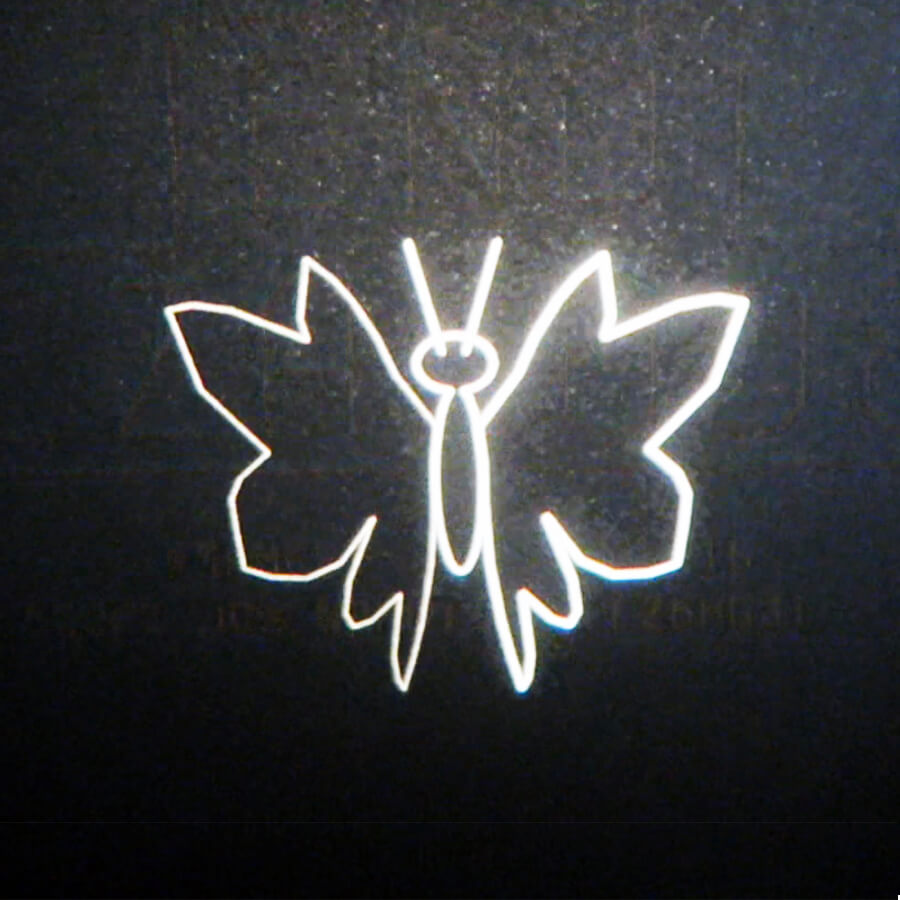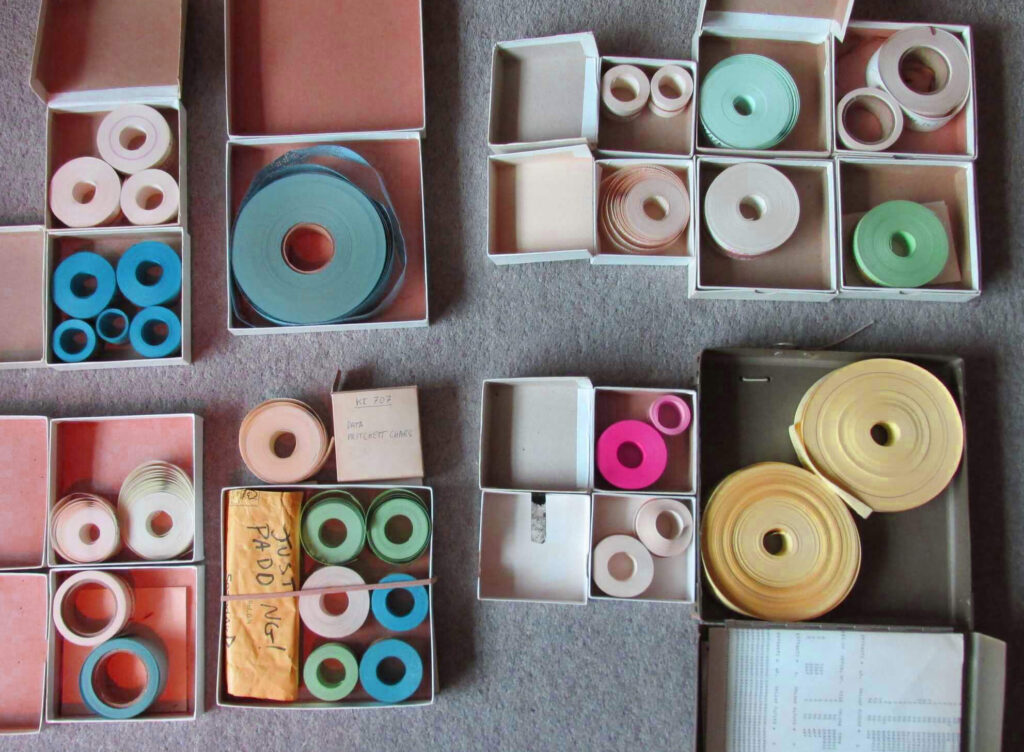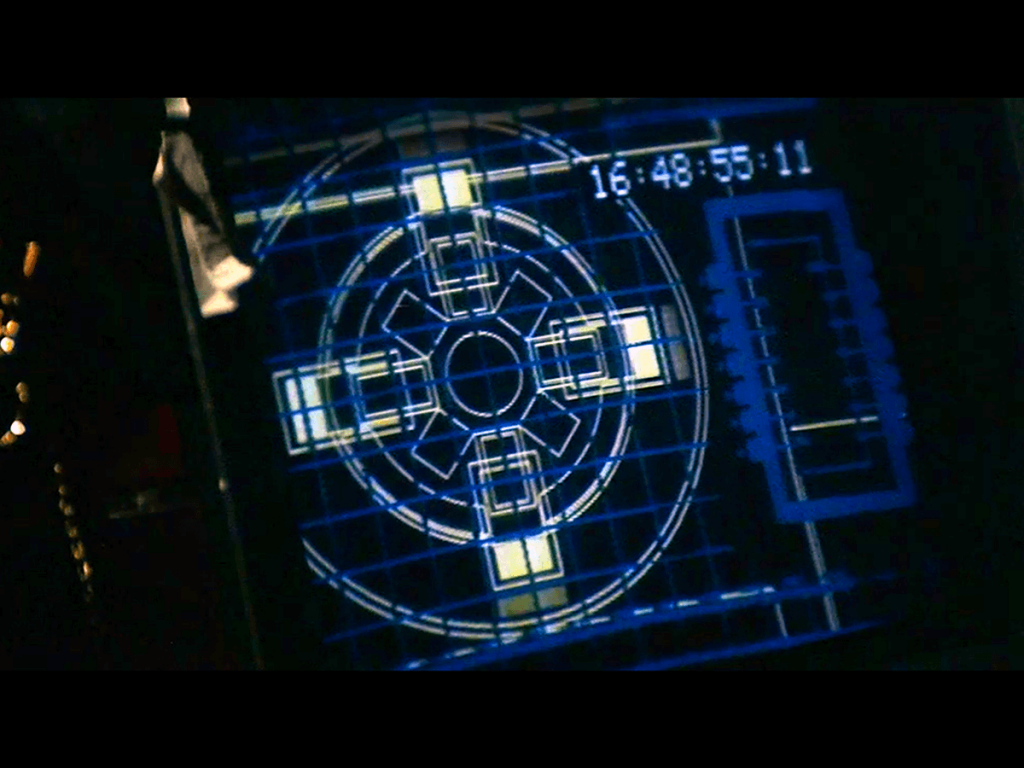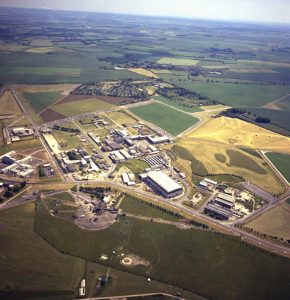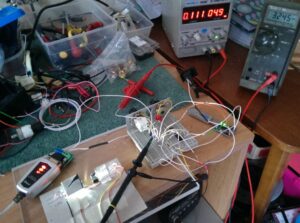Whilst creating graphics for the newly opened Open University, Tony began work on creating his own program (aka ‘language’) to create animated graphics.
He called it ‘GRAM’, because it was a GRAphical Macroprocessor.
// A macro processor is a program that copies a stream of text from one place to another.
TP was creating a program that could be used on lots of different computers, because back then, often you could only use a program on the computer it was designed to be used on. (Puts the whole Mac/PC thing in perspective!) But ‘plug-and-play’ wasn’t his only goal. He states:
“There are many systems in existence, both for computer animation and more generalised graphics, which could be made available to the OU without too much effort, but do they fulfil our particular requirements? … the answer is no.”
He goes on to describe existing systems as:
“Too slow for OU production schedules; not cost/effort effective compared with other animation techniques for the majority of things they have been asked to do.”
